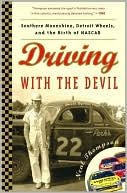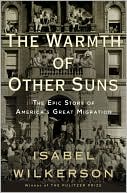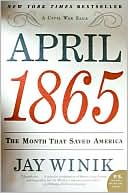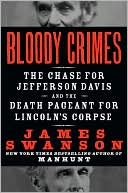Driving with the Devil: Southern Moonshine, Detroit Wheels, and the Birth of NASCAR
Search in google:
“Moonshiners put more time, energy, thought, and love into their cars than any racer ever will. Lose on the track and you go home. Lose with a load of whiskey and you go to jail.” —Junior Johnson, NASCAR legend and one-time whiskey runnerToday’s NASCAR is a family sport with 75 million loyal fans, which is growing bigger and more mainstream by the day. Part Disney, part Vegas, part Barnum & Bailey, NASCAR is also a multibillion-dollar business and a cultural phenomenon that transcends geography, class, and gender. But dark secrets lurk in NASCAR’s past. Driving with the Devil uncovers for the first time the true story behind NASCAR’s distant, moonshine-fueled origins and paints a rich portrait of the colorful men who created it. Long before the sport of stock-car racing even existed, young men in the rural, Depression-wracked South had figured out that cars and speed were tickets to a better life. With few options beyond the farm or factory, the best chance of escape was running moonshine. Bootlegging offered speed, adventure, and wads of cash—if the drivers survived. Driving with the Devil is the story of bootleggers whose empires grew during Prohibition and continued to thrive well after Repeal, and of drivers who thundered down dusty back roads with moonshine deliveries, deftly outrunning federal agents. The car of choice was the Ford V-8, the hottest car of the 1930s, and ace mechanics tinkered with them until they could fly across mountain roads at 100 miles an hour. After fighting in World War II, moonshiners transferred their skills to the rough, red-dirt racetracks of Dixie, and a national sport was born. In this dynamic era (1930s and ’40s), three men with a passion for Ford V-8s—convicted criminal Ray Parks, foul-mouthed mechanic Red Vogt, and crippled war veteran Red Byron, NASCAR’s first champion—emerged as the first stock car “team.” Theirs is the violent, poignant story of how moonshine and fast cars merged to create a new sport for the South to call its own. Driving with the Devil is a fascinating look at the well-hidden historical connection between whiskey running and stock-car racing. NASCAR histories will tell you who led every lap of every race since the first official race in 1948. Driving with the Devil goes deeper to bring you the excitement, passion, crime, and death-defying feats of the wild, early days that NASCAR has carefully hidden from public view. In the tradition of Laura Hillenbrand’s Seabiscuit, this tale not only reveals a bygone era of a beloved sport, but also the character of the country at a moment in time.From the Hardcover edition. Publishers Weekly Thompson's raucous account of NASCAR's early decades raises from obscurity the "motherless, dirt-poor southern teens... in jacked-up Fords full of corn whiskey" who originated the sport that's now the second most popular in America. Stock car racing grew up in the 1930s South, when moonshine runners, having perfected the art of daredevil driving while escaping "revenuers" hunting for untaxed whiskey, transferred their skills to the event booming in Atlanta and Daytona Beach. Loosely defined as races where the cars were totally unmodified even though they were actually supercharged beyond recognition stock car racing was a rawer, more redneck endeavor than AAA-sanctioned events like the Indy 500, which were the realm of rich enthusiasts driving specially built vehicles. Thompson (Light This Candle: The Life and Times of Alan Shepard) celebrates entrepreneurial ex-con Raymond Parks, wizardish mechanic Red Vogt and driver Red Byron instead of the better-known promoter Bill France, "the P.T. Barnum of stock car racing," whom Thompson blames for moving NASCAR from its whiskey-soaked past to mainstream, logo-strewn present. The author is clearly in love with his subject, and the enthusiasm of this breathless, nostalgic account will be contagious to Southern history buffs and historically minded NASCAR fans. (Oct.) Copyright 2006 Reed Business Information.








